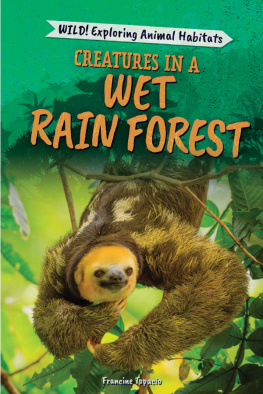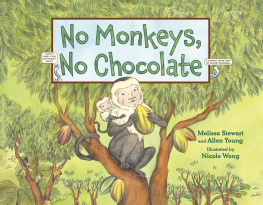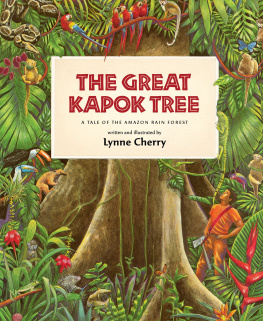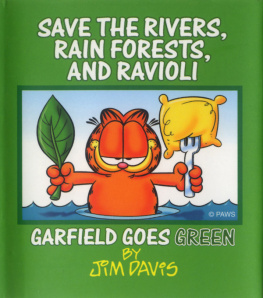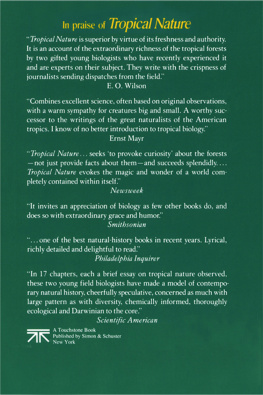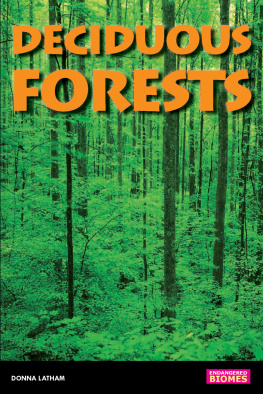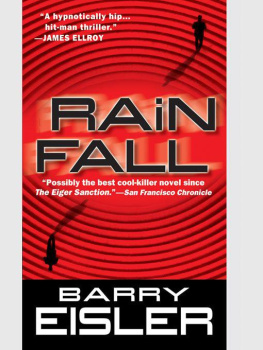
E-book published in 2012 by Encyclopdia Britannica, Inc., in association with Arcturus Publishing Limited, 26/27 Bickels Yard, 151-153 Bermondsey Street, London SE1 3HA. Britannica, Encyclopdia Britannica, and the Thistle logo are registered trademarks of Encyclopdia Britannica, Inc.
ISBN 978-1-61535-661-4 (e-book)
This edition first published in 2010 by Arcturus Publishing
Distributed by Black Rabbit Books
P.O. Box 3263
Mankato
Minnesota MN 56002
Copyright 2010 Arcturus Publishing Limited
The right of Peter Littlewood to be identified as the author of this work has been asserted by him in accordance with the Copyright, Designs and Patents Act 1988.
All rights reserved
Series concept: Alex Woolf
Editors: Jonathan Hilton and Karen Taschek
Designer: Ian Winton
Picture researcher: Jonathan Hilton
Library of Congress Cataloging-in-Publication Data
Littlewood, Peter.
Why are the rainforests being destroyed? / by Peter Littlewood.
p. cm. -- (Global questions)
Includes bibliographical references and index.
Summary: This series takes an in-depth look at some of the major issues and crises that are on the front pages of todays newspapers. Each book looks at the historical background to the questions and offers balanced reporting of the situation and several solutions to the problem. Features include timelines, maps and primary sources--Provided by publisher.
1. Rain forest ecology--Juvenile literature. 2. Rain forests--Juvenile literature. I. Title.
QH541.5.R27L49 2011
333.75--dc22
2010011024
Picture credits:
Corbis: 6 (Collart Herve/Sygma), 8 (George Steinmetz), 9 (Fernando Bizerra Jr/epa), 10 (Louise Murray/Robert Harding World Imagery), 12 (Gerd Ludwig), 13 (Carlos Cazalis), 14 (Kazuyoshi Nomachi), 15 (Wayne Lawler; Ecoscene), 1617 (Collart Herve/Sygma), 19 (Gustavo Gilabert/Saba), 20 (Douglas Engle), 22 (Frans Lanting), 25 (Daisy Gilardini/Science Faction), 26 (Staffan Widstrand), 27 (Colin McPherson), 28 (Bettmann), 29 (Paolo Aguilar), 31 (David Muench), 32 (David Mercado/Reuters), 33 (Jason Hawkes), 35 (Tom Brakefield), 36 (Jeremy Horner), 37 (Andy Aitchison), 38 (Ludo Kuipers), 39 (Bob Krist), 40 (Fernando Bengoechea/Beateworks), 41 (Barry Lewis/In Pictures), 42 (Janet Jarman).
Press Association Images: 34 (John Stillwell/PA Wire).
Science Photo Library: cover (Jacques Jangoux), 11 (David Nicholls), 24 (Gary Hincks).
Shutterstock: title page (Jose AS Reyes), 23 (AII32), 30 (Eric Gevaert), 43 (E Sweet).
Cover caption: A rain forest being burned to clear land for cattle. Rain forest is also cleared to make way for crops, including soybeans, coffee, and palm oil, or for mining or oil drilling.
Title page caption: Once mighty rain forest trees are cut down and chopped into logs ready for export.
Every attempt has been made to clear copyright. Should there be any inadvertent omission, please apply to the copyright holder for rectification.
SL001358US Supplier 02 Date 0510
Contents
Chapter 1
Why do we need the rain forests?
Picture yourself deep in a forest. Looking up, you can just see the sunlight glinting through the dense canopy of leaves high above your head. Your clothes are soaked in sweat and the heat is almost stifling. All around, you can hear the buzz of insects, the hoots of monkeys, and the calls of colorful birds darting about high in the canopy. An occasional grunt or growl from ground level gives you some cause for concern. Then, suddenly, lightning flashes overhead. You jump at the sound of thunder and almost immediately are drenched by a heavy downpour of rain. You are in a rain forest, one of the most fascinating and diverse habitats anywhere on the planet.

Lush, green, and seemingly endless, in reality the planets dense tropical rain forests are under considerable threat. Rain forests may once have covered up to 12 percent of the worlds land surface. Now they cover only about half that area.
Rain forests today
Tropical rain forests are dense, evergreen forests that receive over 8.2 feet (2.5 meters) of rain each year. They are found across the world between the Tropics of Cancer and Capricorn (23.5 degrees north and south of the equator). They occur in Asia, Africa, South America, northern Australia, and on many tropical islands. They cover about 6 percent of the planets land surfaceabout 5.9 million square miles (15 million square kilometers). The largest rain forest, the Amazon in South America, spans eight different countries and covers an area of almost 2 million square miles (5.2 million square kilometers).
Rain forest climate
It rains a lot in a rain forestmostly in the afternoons. Although rainforests experience annual rainfall of at least 98.4 inches (2.5 meters), some receive up to 400 inches (10 meters) of rain each yearthats about 10 times the annual average for New York City. Temperatures rarely fall below 68F (20C) and can exceed 86F (30C), giving annual average temperatures of about 77F (25C). Humidity in the rain forest can reach up to 100 percentsaturation point. And since the sun is almost directly overhead throughout the year, there are no distinct seasons.
Rain forest inhabitants
The plants of the rain forest are well adapted to their environment. Trees grow up to 230 feet (60 meters tall)the tallest recorded grew to 272 feet (83 meters). Their leaves are concentrated high up in the canopy. Many have huge buttress roots to help anchor them to the ground and soak up nutrients from the soil. Below them are other plants adapted to living in the shrub and floor layers. A huge range of animals, such as jaguars, anacondas, piranhas, orangutans, and parrots, can be found in the worlds rain forests. Living among them are tribes of native people, such as the Kayapo and Yanomami, who have lived in harmony with their forest environment for thousands of years.
Expert View
Naturalist Charles Darwin recorded these impressions of the forests outside of Rio de Janeiro:
The forest abounded with beautiful objects It is not possible to give an adequate idea of the higher feelings of wonder, astonishment and devotion, which fill and elevate the mind.
Charles Darwin, The Voyage of the Beagle, 1832
A fragile paradise
Rain forests hold incredibly rich stores of animal and plant life. A third of the worlds plant life grows in the rain forests, and each 1.2 square yards (one square meter) can support up to 177 pounds (80 kilograms) of living material (biomass).
It is known that more than half of the worlds animal and plant species live in the rain forests, and a single acre can contain 80 different tree species and more than 16,200 species of insect. In just 25 acres (10 hectares) of Malaysian rain forest, 780 different species of tree were discovered. That is more than the total number of tree species that are native to all of the US and Canada.

This selection of butterflies comes from one small area of rain forest in the Central African Republic. Each species lives on its own specific tree and emerges once a year to coincide with a key event in the trees life cycle, such as flowering.
Next page

